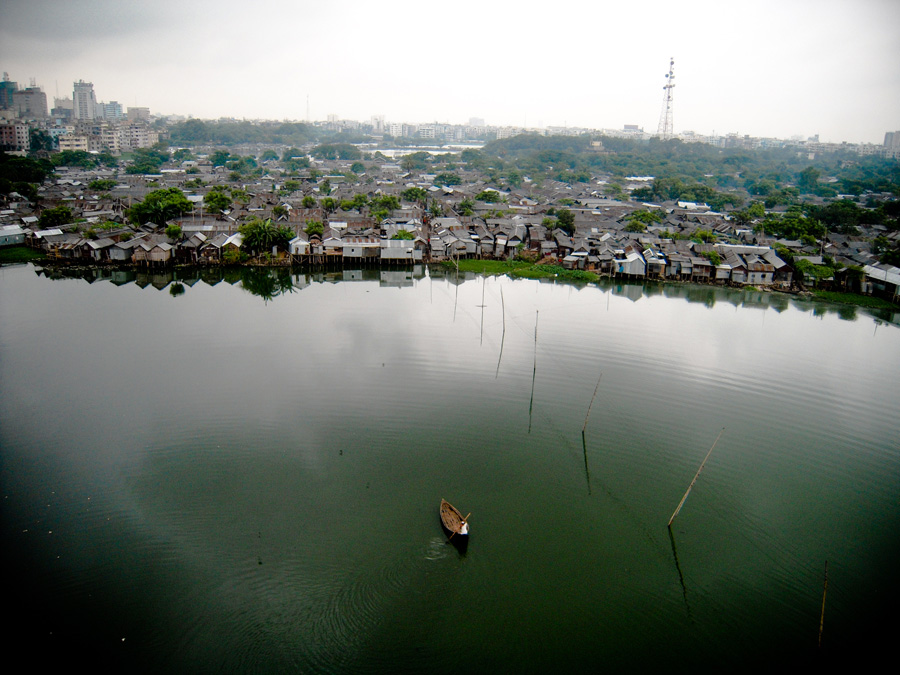Part 1: Climate Assessment

One of the 12 Permaculture principles articulated by its’ co-founder David Holmgren[1] encourages us to “Design from Patterns to Details”. This means that we establish a general ecological and social context for a site before ever examining and designing intricate details of a place. We begin to establish our site context from the widest possible view. Climate is the largest scale geophysical pattern that we need to understand in order to place ourselves within the world.
Climate is also where we begin the design process in another tool referenced in the Permaculture design system. This is the Scale of Landscape Permanence, originated by P.A.Yeomans, the founder of Keyline™ Design.[2] Yeomans asserts that the order of design is:
- Climate
- Landshape
- Water Supply
- Roads/Access
- Trees
- Structures
- Subdivision Fences
- Soil
This book is predominantly about climate, and the macro influences of climate and climate change on design. As we get through the topics of climate analogues and climate change forecasting, we will end up moving down this list to see the climate’s influence on specific design choices.

